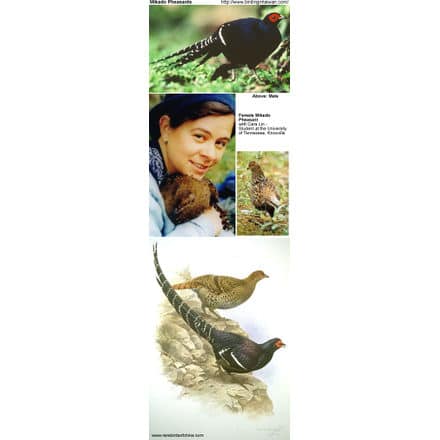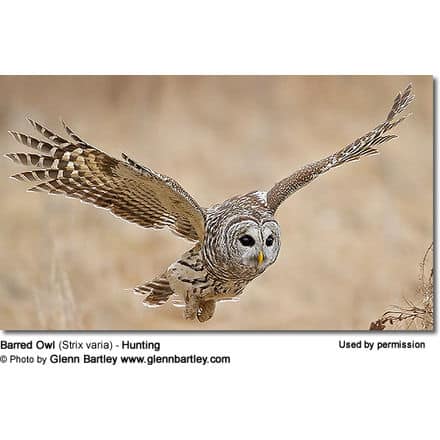Western Tragopans or Western Horned Tragopans
The Western Tragopans or Western Horned Tragopan (Tragopan melanocephalus) is a medium-sized brightly plumaged pheasant that is found along the Himalayas from Hazara in northern Pakistan in the West to Uttaranchal in India to the East. The species is highly endangered and globally threatened.
Identification
The male is very dark, grey, and black with numerous white spots, each spot bordered with black and deep crimson patches on the sides and back of the neck. The throat is bare with blue skin while the bare facial skin is red. They have a small black occipital crest. Females have pale brownish-grey upper parts finely vermiculated and spotted with black, and most of the feathers have black patches and central white streaks. Immature males resemble females but are larger with longer legs and a variable amount of black on the head and red on the neck.
Males weigh 1800-2200g and females 1300-1400g. The males vary in length from 55-60 cm while the females are 48-50 cm.
Distribution
Five populations are known from Kohistan, Kaghan Valley, Kishtwar, Chamba, Kulu, and an area east of the Sutlej River. They are found from an altitude of 1750 m to 3600 m, going up higher in summer. Their preferred habitat is the dense understorey of temperate, subalpine, and broad-leaved forests.
Pheasant General Information … Pheasant Species / Pheasant Taxonomy … Breeding Pheasants … Pheasant Photo Gallery … Housing Pheasants … Pheasant Diseases
Habits
It inhabits upper temperate forests between 2400 and 3600 m in summer, and in winter, dense coniferous and broad-leaved forests between 2000 to 2800 m elevations. The Western Tragopan is mostly arboreal but feeds on the ground. They mostly feed on leaves, shoots, and seeds, but also consume insects and other invertebrates. Like most of the pheasants, they roost on trees singly or in pairs except during nesting.
The males during display show the throat inflated into lappets that appear purple with pink margins. They also display blue horns. During the display they call and the song is a loud two-note ringing wou-weee which is repeated every second for long periods. The breeding season is May-June. They build their nests in low tree hollows.

Status
The Western Tragopans is considered the rarest of all living pheasants. Their range is very restricted. In Kullu District of Himachal Pradesh, this bird is locally called Jujurana which means King of Birds.
The population of Western Tragopan is threatened by several anthropogenic factors throughout its range. The world population is estimated at less than 5,000 individuals, including a captive population of less than five at the moment. CITES has listed this species in Appendix I to discourage the selling of its feathers. Representing the endemic bird area D02 of Western Himalaya, the Western Tragopan has been described as a range-restricted species.
- More information on housing these pheasants.
- More information on breeding and caring for pheasants.





